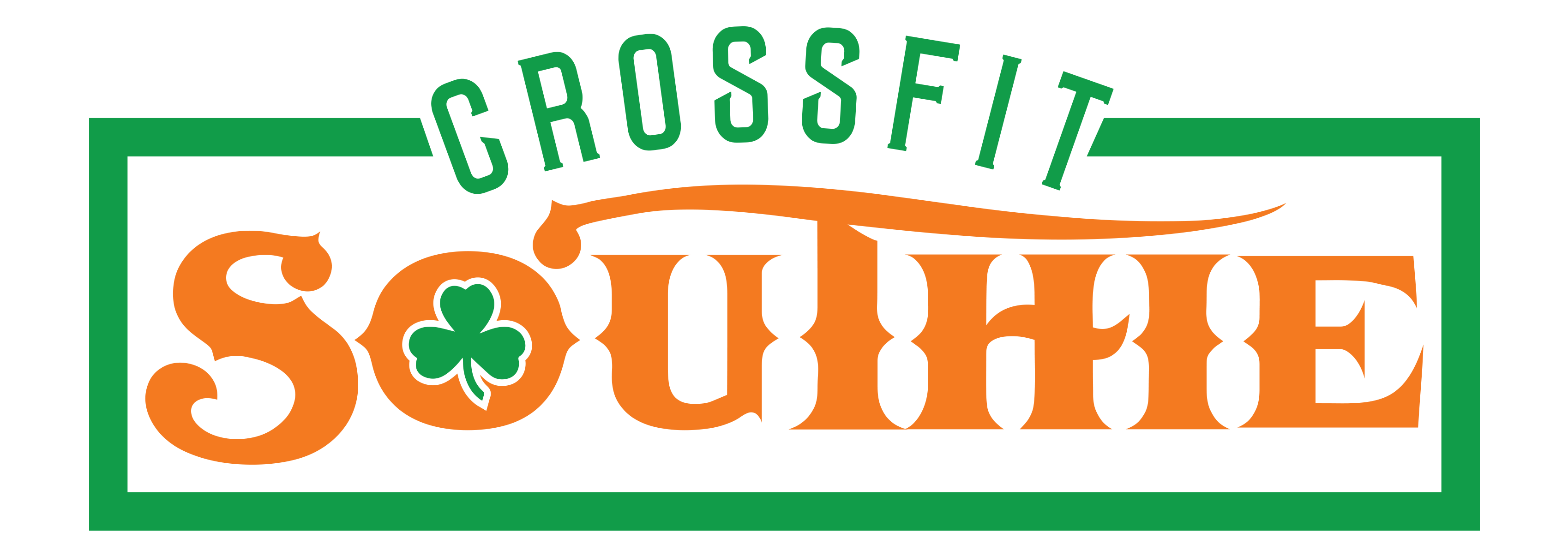
The White Board is a huge staple in any box and one that holds tremendous value. Here are a few ways to approach the white board and better understand it’s value. Our great big Whiteboard is so important in fact, we’ve broken it down into Pre-Wod and Post-Wod Value. This this is part 1 of two 🙂

Pre Class or “The Whiteboard Chat”
This is a time to take in some valuable information. This is not an ideal time to take a bathroom break or grab your Oly shoes. There’s an opportunity here as coaches to breakdown the tasks for the day and an opportunity for athletes to learn. From the Wod stimulus to accessory work and strength. Each piece serves a purpose in class and it’s important to know the goal of every part.
Here are two examples of Programmed Strength, that would be discussed at The Whiteboard
Example 1
Back Squat
3-3-3-3-3
The goal here will be to have 5 very challenging working sets. You want to work as close to your max as possible. You may get to a number where you feel it’s the most you can do. On this day it would be acceptable to stay at that weight for another working set or even take a few pounds off to get in another challenging set.
Example 2
Establish a 3RM Back Squat
Here we don’t want to do too many sets at 3 reps as we are trying to figure out the max load you can lift for 3 reps, if you did 5 sets of 3 reps here then you’ve exhausted yourself and may not get a true 3RM load.
The two days look similar but are very different and It’s valuable to know the difference. If you were coming in late or changing your shoes you may have missed this piece of information.
Another crucial part of the white board talk is WOD STIMULUS!! We will always give a guideline for time frames, rounds/reps you should shoot for in the WOD. We give these guidelines because “Intensity Yields Results” If you’re someone that frequently finds yourself over the time cap and lacking in progress there is a direct correlation between the two.
We all make mistakes occasionally when scaling. Learn from the mistakes, make notes of where you lost time.That information is valuable to improving your fitness level. If these scaling mistakes occur every week, that is too frequent. Taking the whiteboard talk/guidelines seriously would help you here. Don’t be afraid to ask questions, you could also take the next month and be sure to check in with a coach before the every WOD with what your scaling options should be.
Lastly, it’s fine to use other’s scores as a guideline to push you. Be careful not to make it your main focus. Everyone has good days and bad ones, if you fall short, know there’s always room to improve and remember
“If you’re the best one in the room, you need a new room.”
Warm-up
AMRAP 5
10 Box Jumps w/ Step Down
10 Jumping Squats
10 Burpees
10 Jumping Squats
10 Burpee Box Jumps
Strength
Front Squat
5-5-5-5 (Straight Sets)
WOD
30 Box Jumps
30 Thrusters (95,65)
30 Burpees
30 Thrusters
30 Burpee Box Jumps
Level 2- (75,55)
Level 1- (55,35)
Extra Work
On a Running Clock:
Every 3 Minutes
400m Run on the Air Runner
Strict Handstand Push-ups
-Repeat until you reach 50/40 Reps
-Too easy add a 45lb plate and complete with a 2 inch deficit
